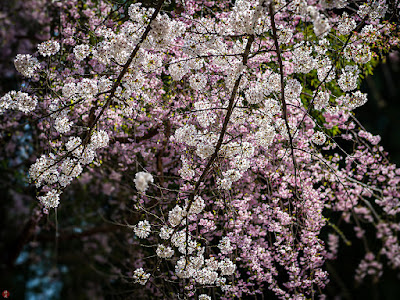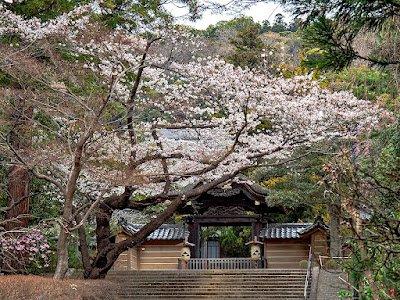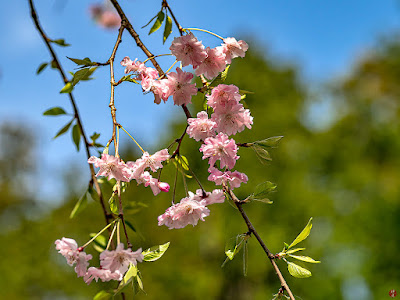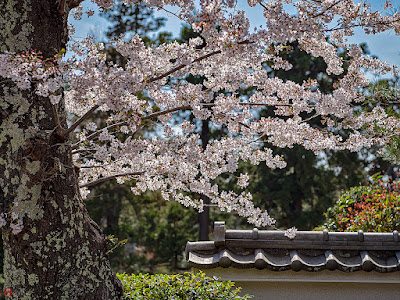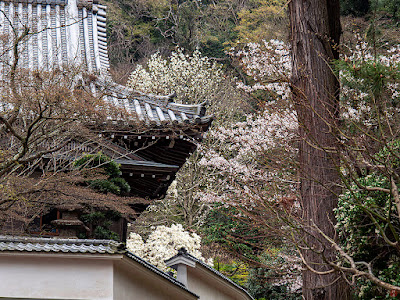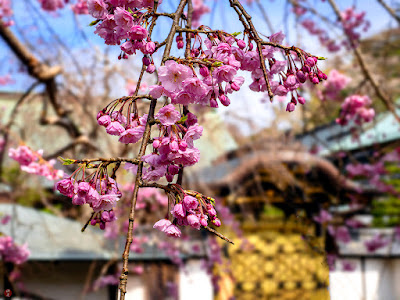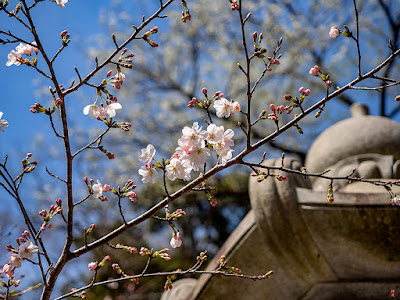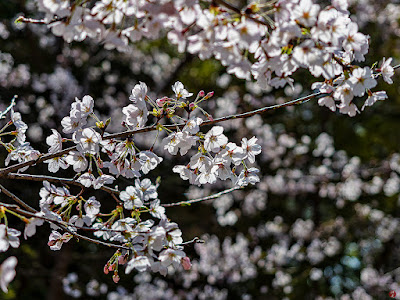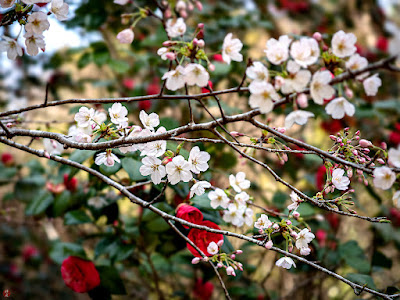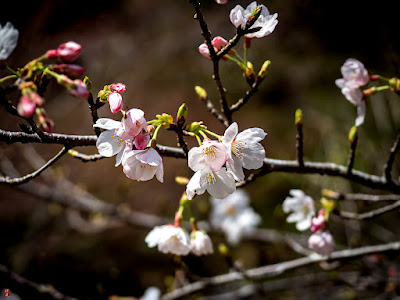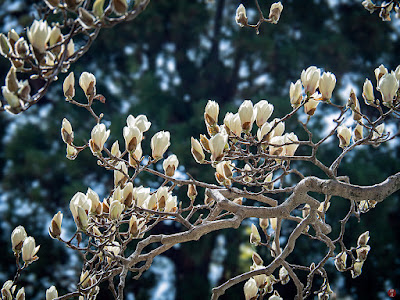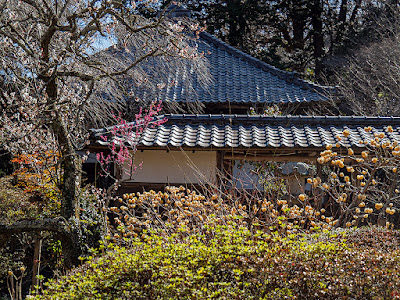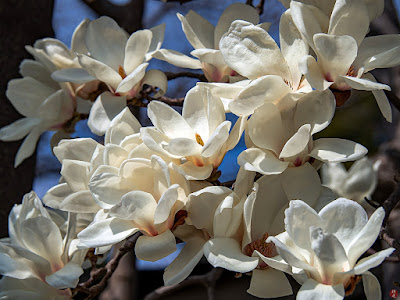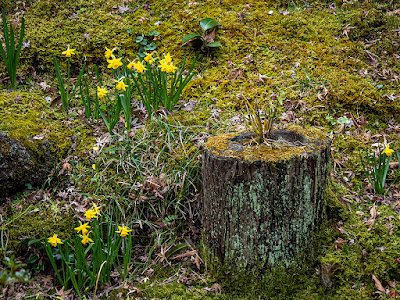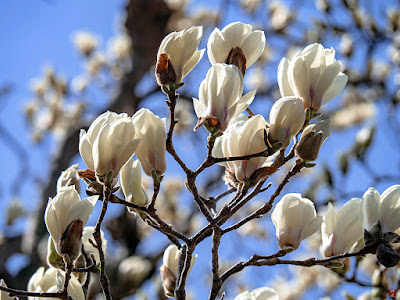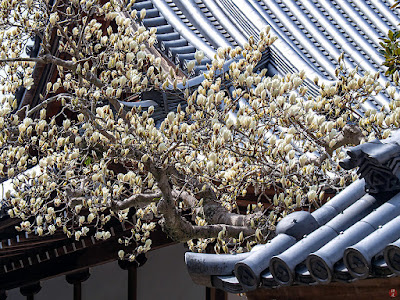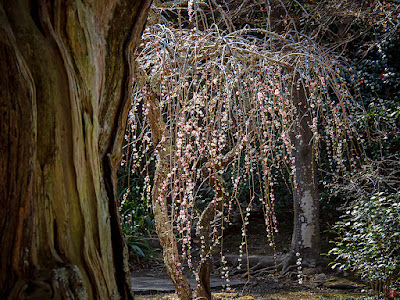My photographic notes about the four seasons in Kamakura or the gardens of Zen
April 26, 2022
Yama-zakura (mountain cherry) flowers and Engaku-ji : Kita-kamakura
Yama-zakura (mountain cherry) flowers: Kita-kamakura
Sakura (Japanese cherry) flowers: Engaku-ji
April 17, 2022
Sakura (Japanese cherry) flowers: Kencho-ji
Shidare-zakura (weeping cherry) flowers: Kencho-ji
April 3, 2022
Ume (Japanese apricot) flowers: Tokei-ji
In the merciful spring sunlight, the bronze statue of Sakyamuni Buddha is sitting meditatively in the quiet garden adorned splendidly with the countless graceful flowers of ume.
It seems to me that the shining petals of these flowers are implying the supreme words of Buddha which guide us to his land of awakening.
These elegant flowers, that have bravely bloomed enduring the chill of late winter, will soon scatter in the capricious winds of spring after completing their lives. Their flower petals will flutter about in the fragrant breeze like the blessed voice of Buddha which teaches us that all things must pass soon.
Otome-tsubaki (Camellia japonica f. otome) flowers: Jyuhuku-ji
Haku-mokuren (Yulan magnolia) flowers: Engaku-ji
Spring garden: Jochi-ji
The bright yellow flowers are yellow-mitsumata. Its bundles of cottony flower-buds sprout in the form of a tiny toy handball in the beginning of February, and keep growing quietly in the height of the harsh season.
Around the middle of March, as the warmth and sunlight of spring increase, these small yellow buds begin to bloom all together like dear children smiling joyfully and to emit a pleasant aroma, quietly heralding the arrival of long-expected spring.



